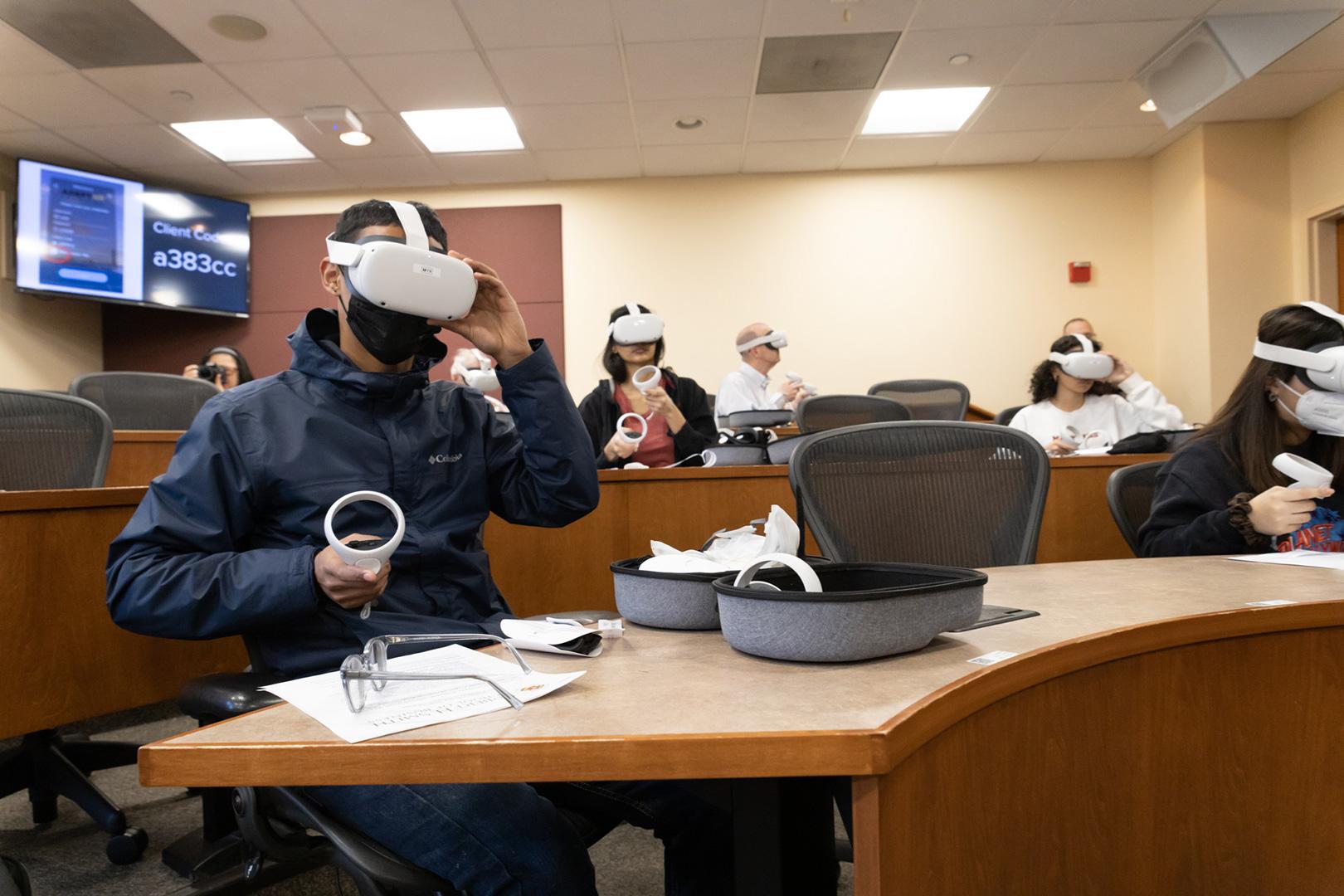Students
All UMD students are welcome to participate in Extended Reality (XR) and Immersive Media (IM) activities across campus. There are a variety of ways to learn about, engage with, and explore this emerging technology.
Academic Programs
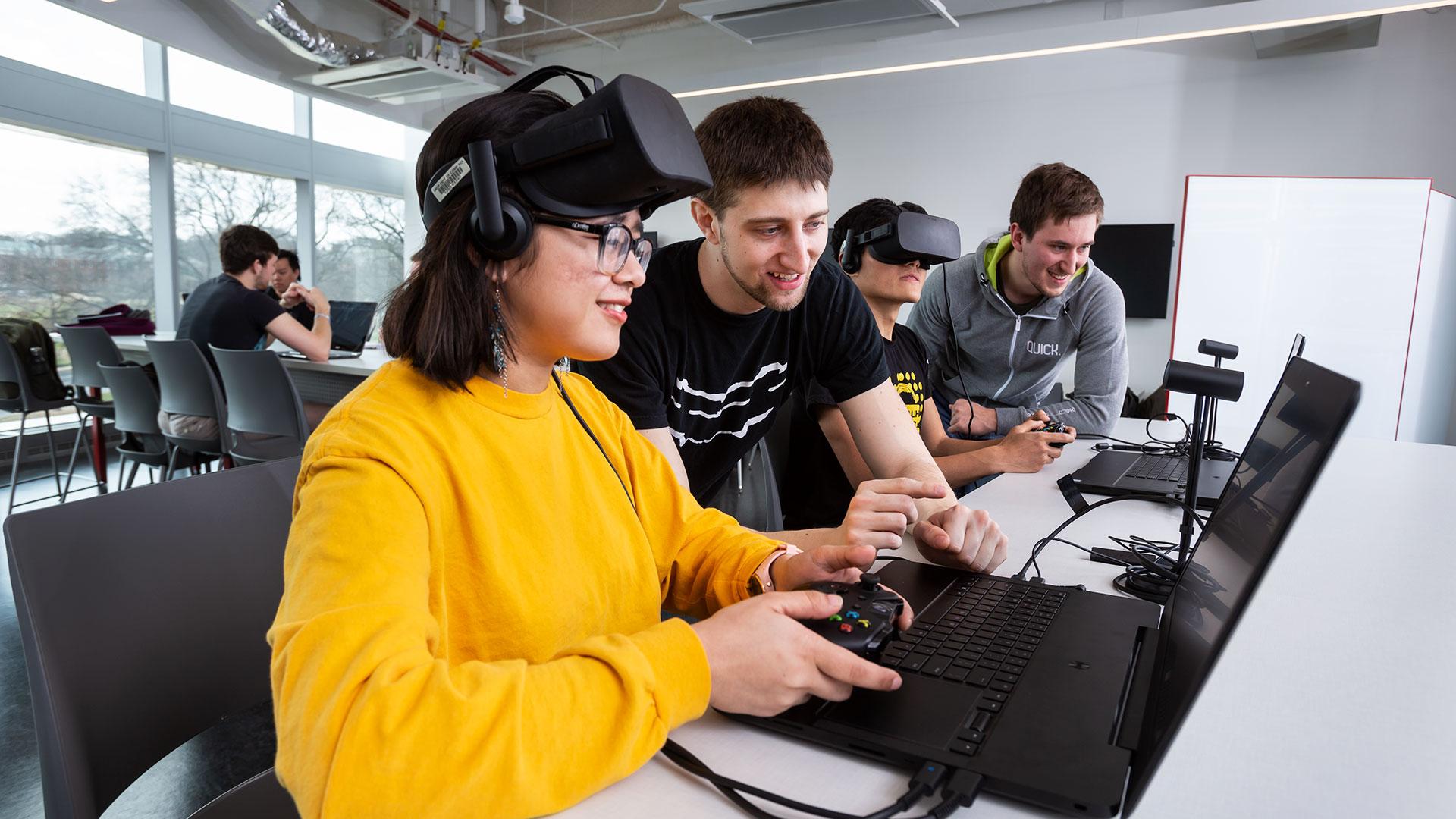
Immersive Media Design
Immersive Media Design is the only undergraduate program in the country that synthesizes art with computer science to encompass a wide range of immersive media applications. Students learn how to code, create and collaborate using the latest digital tools and technologies. Code with distinguished computer science faculty who excel in designing algorithms that improve the detail and speed of immersive displays. Create with renowned art faculty who push the boundaries of expression and technology in new and inventive ways. Collaborate in teams to produce imaginative, innovative, and interactive experiences. Select art or computer science as the focus of your coursework to graduate with a B.A. from the College of Arts and Humanities or a B.S. from the College of Computer, Mathematical, and Natural Sciences.
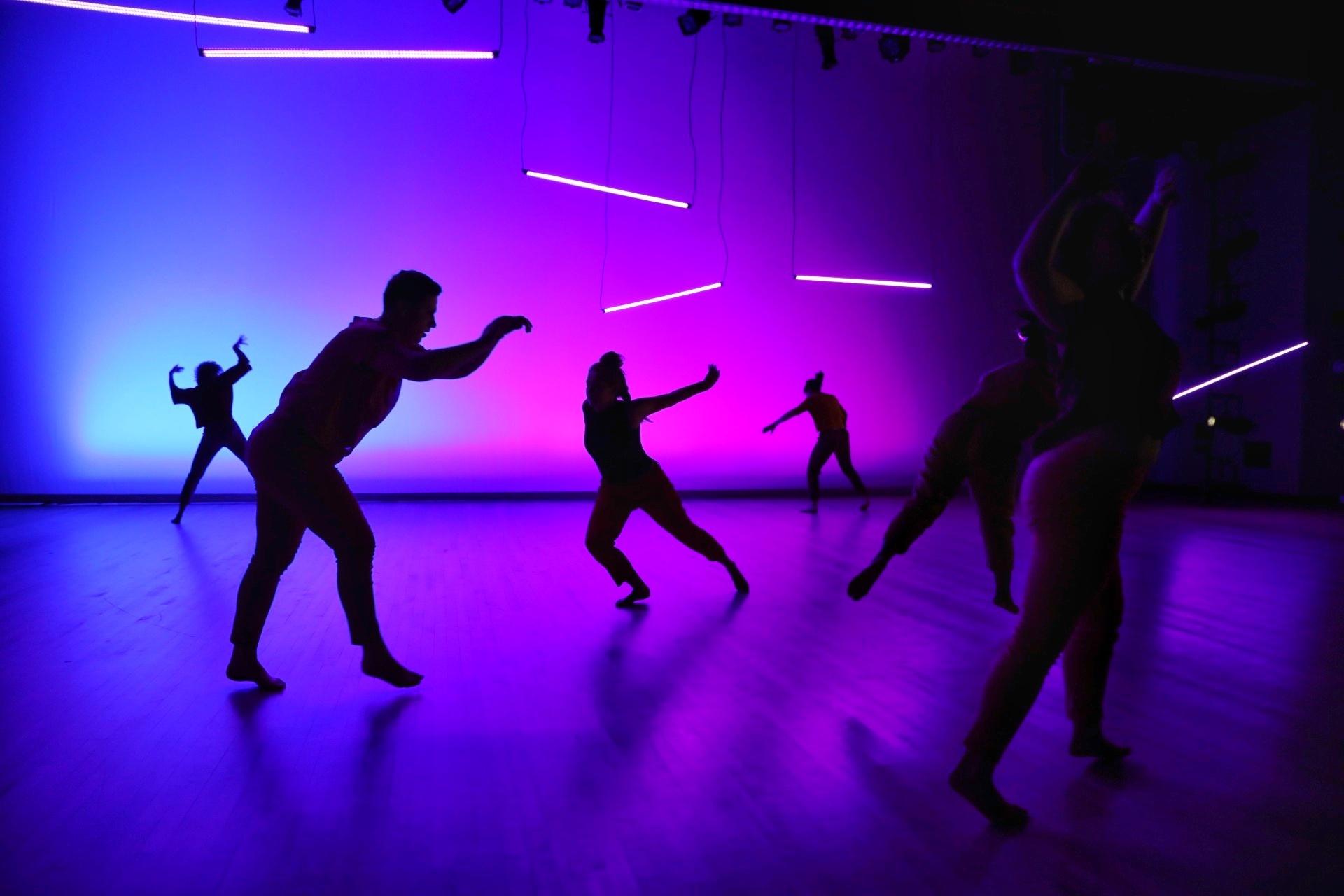
Maya Brin Institute for New Performance
The School of Theatre, Dance, and Performance Studies is home to the Maya Brin Institute for New Performance. Students are exposed to emerging media formats such as immersive design technology and webcasts that enhance their creative projects and prepare them to push the bounds of theater, dance and performance studies. Emphasizing collaboration and experimentation, this work generates a dynamic research environment where rigorous creativity and discovery can thrive, putting the school at the forefront of education in the performing arts.
Extracurricular Activities
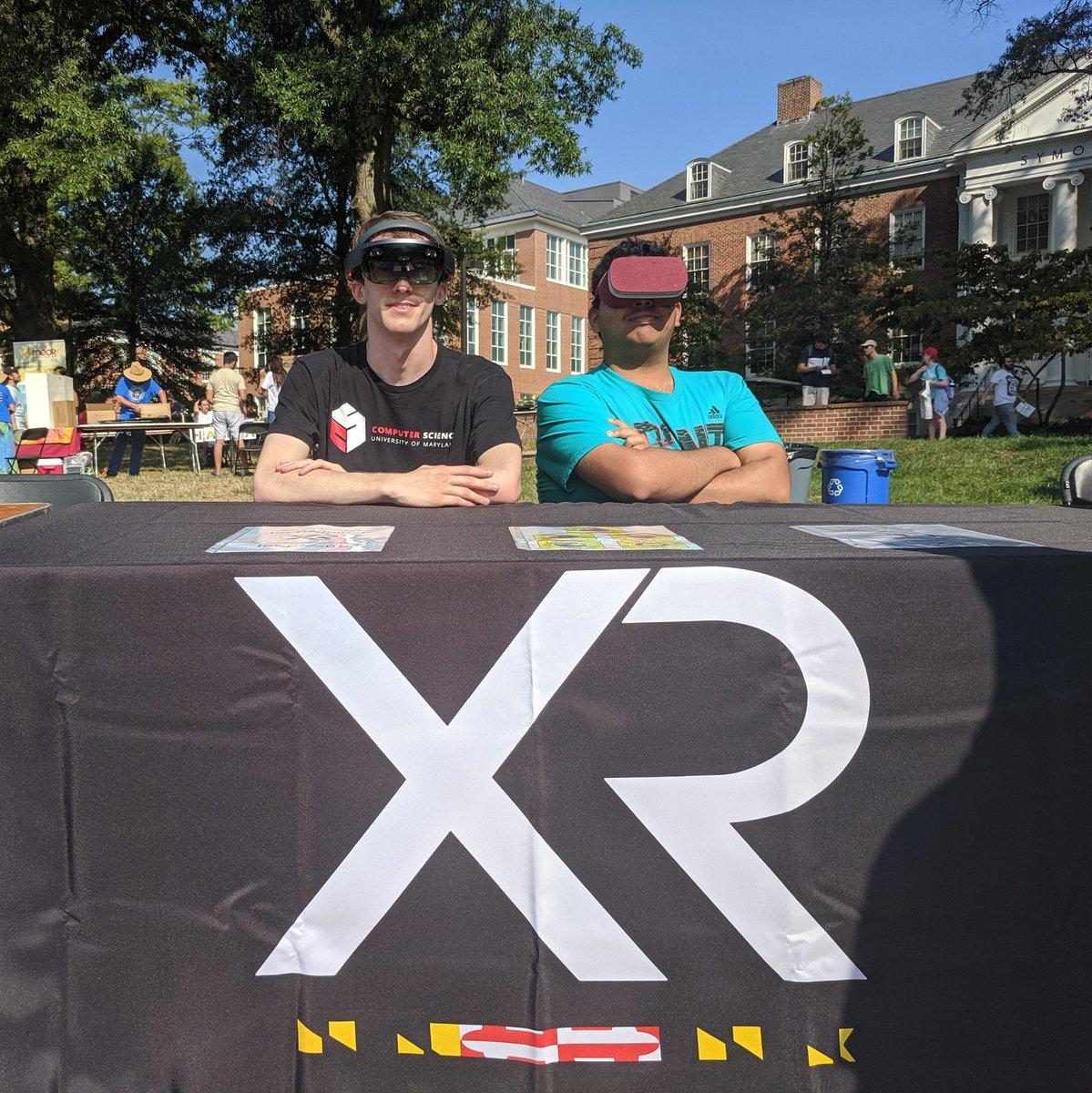
XR Club
The XR Club was established to create an environment in which UMD students interested in augmented and virtual reality application development can collaborate with like-minded individuals and gain access to cutting-edge hardware and software tools. In addition to providing access to physical resources, a primary mission of the club is providing the campus community with educational resources in augmented and virtual reality development through club events and hackathons.
Research
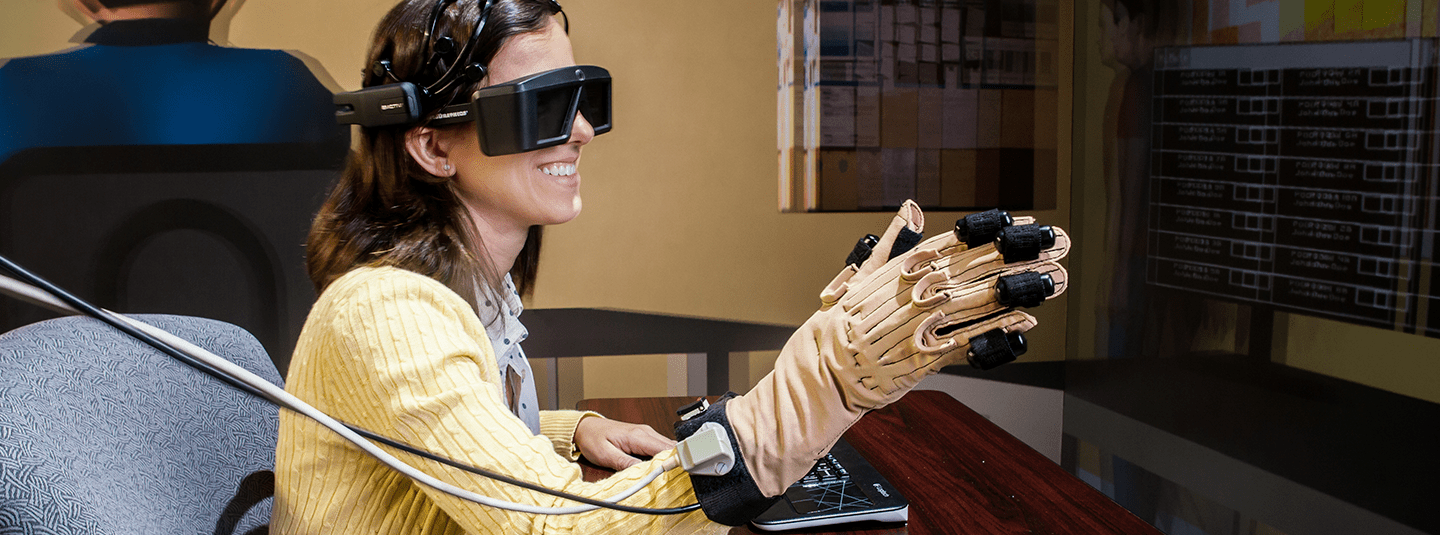
Hybrid-System Integration and Simulation Laboratory (HSIS) Lab
The Hybrid-System Integration and Simulation Laboratory (HSIS) Laboratory is a cluster of experimental and computational infrastructures for research thrusts in human-system integration. The Laboratory aims to advance the design, operation, performance monitoring, and performance assessment of complex hybrid systems. Hybrid systems are defined as systems with interacting hardware, software, and human operators. This research is primarily conducted on human reliability problems in safety-critical-domains such as healthcare, defense and energy. Of particular interest are heterogenous user populations, users with cognitive and physical disabilities, and cognitive complex device interactions. Central to this research is understanding the cognitive tasks that a human user must perform to achieve a system interaction goal. These tasks are empirically replicated and tested through simulated environments, virtual human modeling, and device prototyping. Design risk mitigation strategies are then proposed to reduce the risk of human error during system interaction.
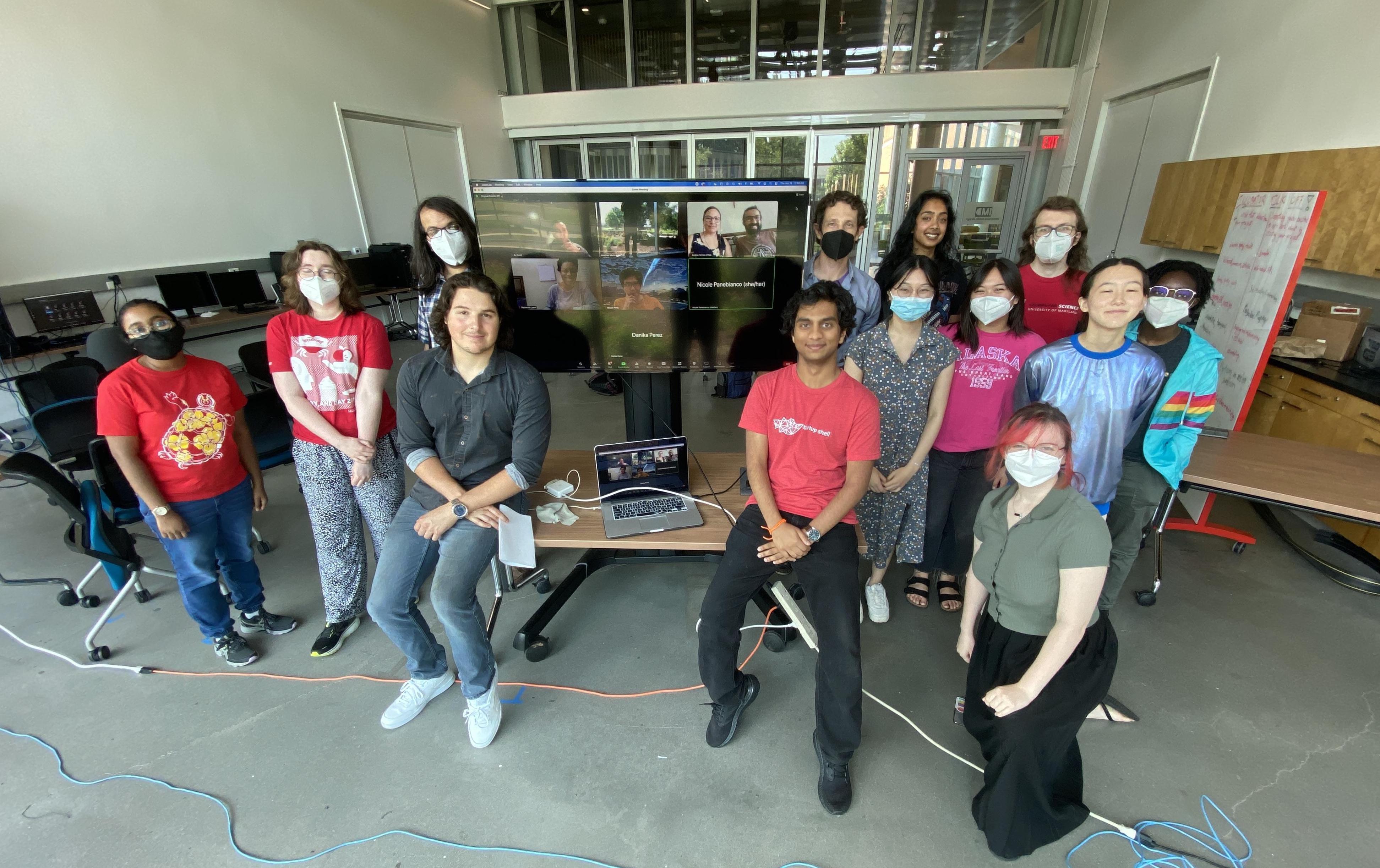
Immersive Media Design New Works Incubator
The Immersive Media Design New Works Incubator launched in the summer of 2021 to give students across the University of Maryland campus the opportunity to create and present original works of immersive media.
The incubator encourages and rewards self-directed learning and research; an important educational experience setting the incubator participants up for success outside traditional academic structures and incentives (i.e., classes and grades).
Because the incubator draws from students across campus, it serves as an important nexus for students creators, develops, and artists from a diverse set of backgrounds, skills, and interests, to meet and build last relationships.
Additionally, the New Works Incubator allows the Immersive Media Design program to share its resources and engage with students across disciplines and programs. For some incubator participants, this may be their first time exploring immersive media. For others, it may be an opportunity to fully realize a class project. By sharing their work with a public audience, students gain a rare opportunity to learn through public feedback.
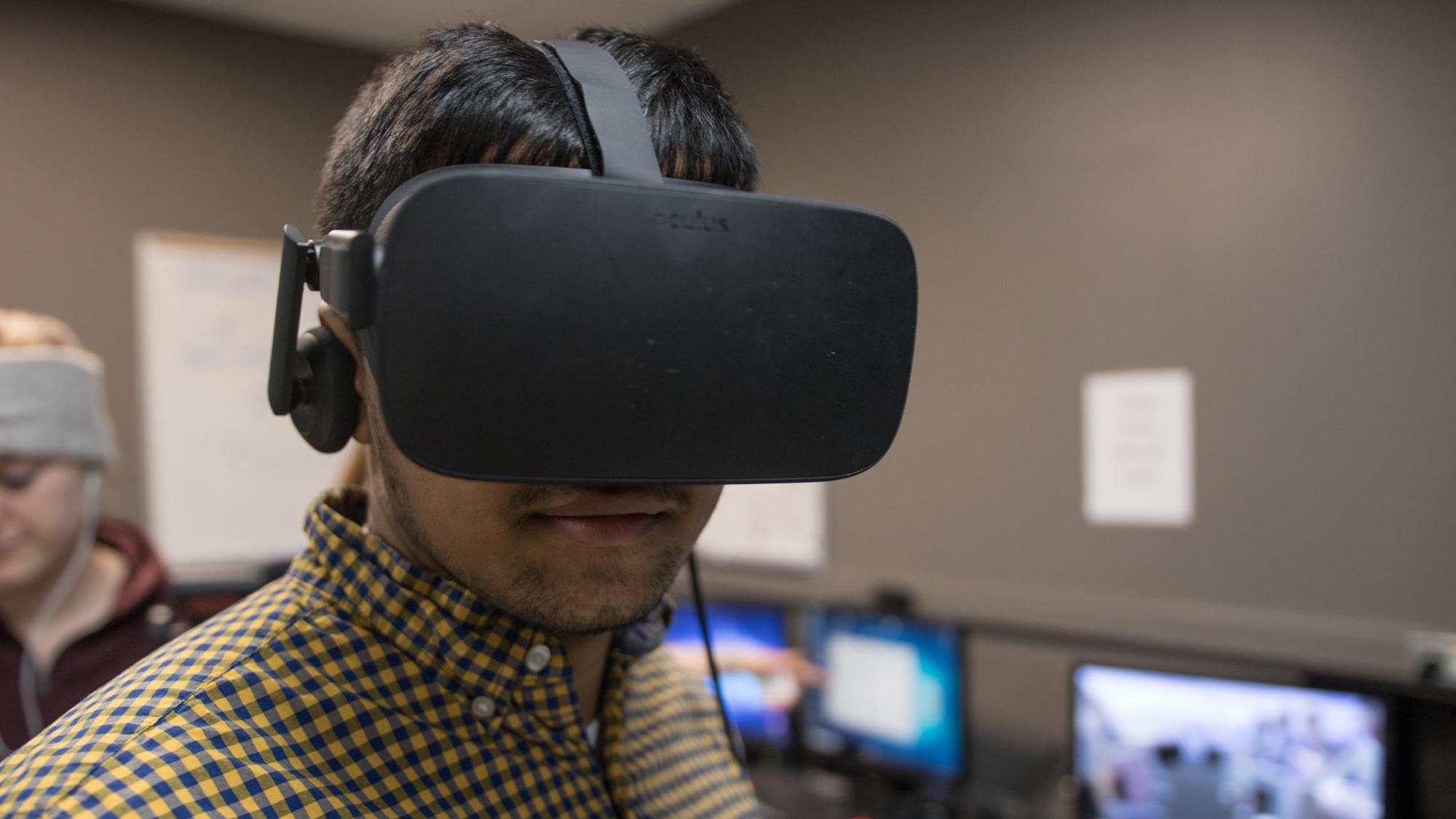
Lab for Applied Social Science Research (LASSR)
Lab for Applied Social Science Research (LASSR) focuses on a series of critical issues of public concern including policing, community relations, health disparities, and education inequality. LASSR aims to partner and collaborate with government entities, organizations, and businesses to better address these issues. LASSR was developed after a group of social scientists realized that the innovative research being conducting inside of universities was limited in its ability to extend outside of universities. LASSR aims to better collaborate with policy makers and community members to bridge the gap between academics and non-academics. LASSR’s core belief is that scholarly research can simultaneously be rigorous and applied directly to impacting policy and community.
A central goal of LASSR is to become a key point of contact within the academic community for policy makers, business leaders, and organizations wanting to collaborate and conduct research on a pressing issue of public concern. LASSR aims to be the premier research laboratory for the Baltimore/Washington DC Corridor. LASSR’s objective is to have available research study designs that can be replicated across the United States to build an infrastructure for research on policing, community relations, health disparities, and education inequality
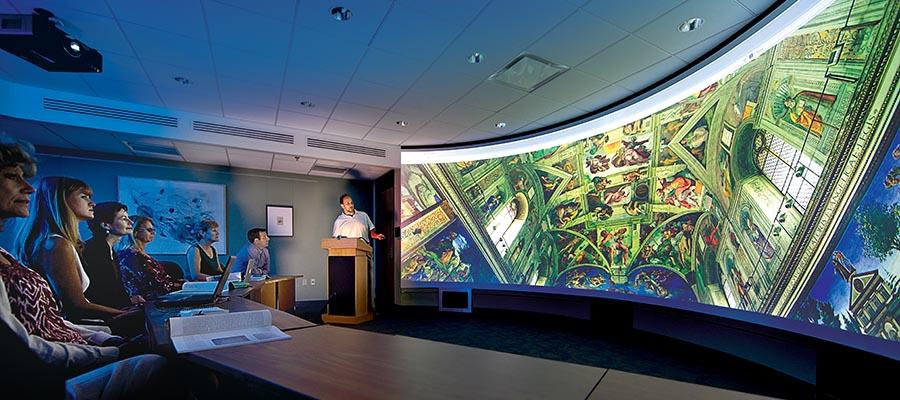
MIchelle Smith Collaboratory for Visual Culture
The Michelle Smith Collaboratory for Visual Culture is a learning space in the Department of Art History and Archaeology.
Combining sophisticated technology, adaptable workspaces and a dynamic visualization facility, the collaboratory provides a focal point in the department for applying new technology to study art and architecture in ways not previously possible, and for experimenting with new means of sharing ideas and research with students and colleagues.
The center of the collaboratory, both conceptually and physically, is a large room containing a floor-to-ceiling curved projection surface and a comprehensive technology installation to support ambitious projects, such as effective virtual reality and multi-modal displays. The space functions as a classroom, providing visualization possibilities not available elsewhere on campus, and as a lab, in which scholars from myriad disciplines explore new possibilities for visualization and communication. As the name suggests, the facility is designed to encourage collaboration among students and scholars from all disciplines as they use new visualization techniques and information resources to develop understanding and expand knowledge.

